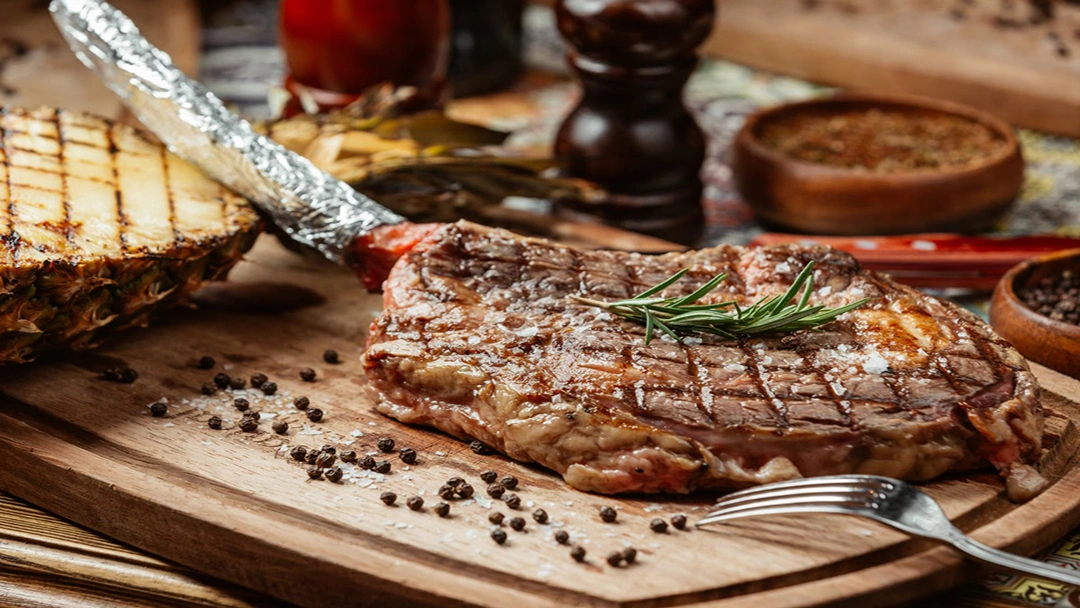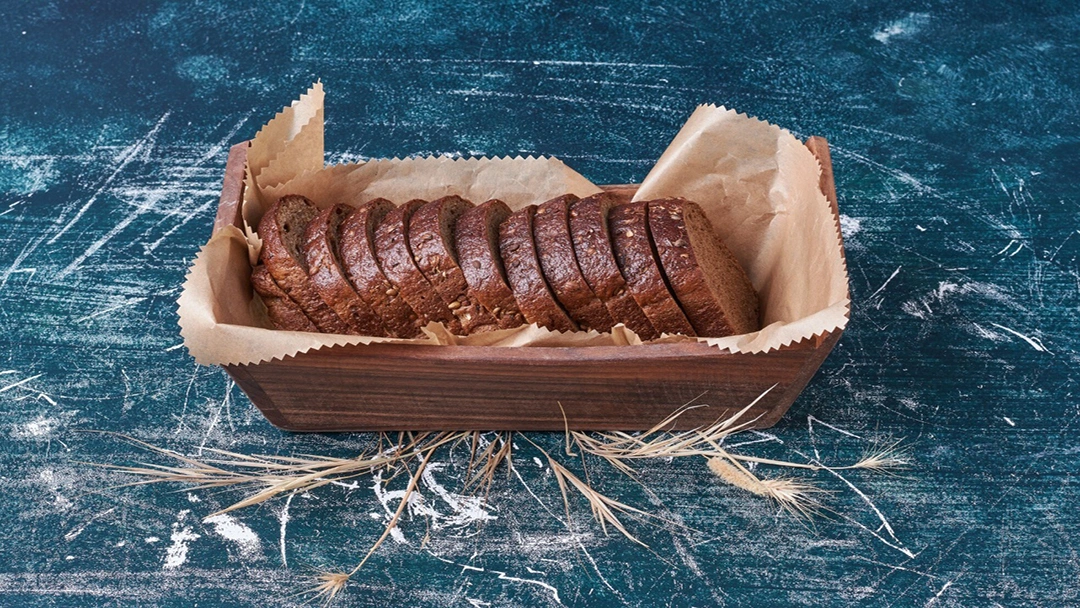Types of Tallow Soap
Tallow soap can be made from different types of animal fat, each providing different features and benefits. The common types are:
- Beef Tallow Soap: It’s made from cow fat and is known for its rich, creamy lather and moisturizing qualities.
- Deer Tallow Soap: This soap uses deer fat, which is less common and more expensive than beef tallow. It’s a better choice for sensitive skin due to its soothing features and ability to moisturize without clogging pores.
- Grass-Fed Tallow Soap: This soap is made from the fat of grass-fed animals and contains more nutrients, like omega-3s and vitamins, which make it especially good for nourishing and moisturizing the skin.
Check out the best tallow balm.
You can buy these ready-to-use tallow soaps, but if you want a 100% natural soap, it’s better to make it at home with simple ingredients and the following equipment.
Learn More: Is Beef Tallow Healthier Than Vegetable Oil?
Soap-Making Equipment
If you want to make soap, having the right equipment is essential for the best result. Here’s a list of the essential tools you'll need:
- Scale: A precise scale that reads to two decimal places is crucial for measuring ingredients. This ensures that you use the correct amounts of fats, lye, and other additives, which is essential for avoiding imbalances that can affect the final product.
- Crockpot or Large Pot: Fats (like tallows or oils) are melted and blended in a crockpot or large pot on the stove. Crockpots are convenient for maintaining a steady temperature, while large pots on the stove offer more control over heat. Choose a pot that is heat-resistant and large enough to hold the mixture.
- Immersion Blender: An immersion blender, also known as a stick blender, is used to mix the soap ingredients thoroughly. It helps blend the fats and lye solution until they reach trace - a stage where the mixture thickens enough to pour into molds.
- Rubber or Silicone Spatula: A rubber or silicone spatula is used to scrape the sides of the mixing container and ensure all the ingredients are added. These materials are heat-resistant and won’t react with the lye.
[cta-shop-products]
- Large Heat-Safe Container or Sturdy Plastic Bucket: This container is used to mix the lye solution or to combine ingredients before pouring them into molds. It needs to be heat-safe to withstand high temperatures and handle heavy mixtures.
- Wooden Spoon: A wooden spoon is useful for stirring the mixture, especially during the initial stages of blending. Wood is non-reactive with lye and fats, so it’s a safe choice for soap-making.
- Thermometer: A thermometer is essential for monitoring the temperature of the fats and lye solution. Accurate temperature control is important for achieving consistency and ensuring the lye and fats mix properly.
- Soap Molds: They shape soap into bars, loaves, or other forms. Molds can be made from many materials, such as silicone, plastic, or wood. Soap molds are designed to hold the soap mixture until it hardens.
- Soap Slicer: If you use loaf-style molds, a soap slicer helps cut the soap into uniform bars after it has been set.
- Wax Paper: Wax paper is used to line molds and prevent soap from sticking. It also helps easily remove the soap from the mold and keeps the soap looking neat and tidy.
- Towels: They cover the soap as they cure and help stabilize the temperature. They are also handy for cleaning up spills and drips during soap-making.
- Rubber Gloves: They protect your hands from lye, which can cause burns or irritation. They also help keep your hands clean while handling oils and other ingredients.
- Safety Glasses: They protect your eyes from lye splashes and other irritants. It's essential to wear them during soap-making to avoid injury from chemical reactions.
Using these types of equipment, you can make tallow soap. But to make different kinds of tallow soap, you need varying ingredients and methods, such as hot and cold processes.
Learn More: Lard vs. Tallow: How To Use These Fat Sources?
[cta-shop-products]
Pure Tallow Soap Recipe - Hot Process
The hot process tallow soap recipe, also called crock pot soap, accelerates the soap-making process by using heat to speed up the chemical reaction, known as saponification. Here’s how to make 11 bars of tallow soap with a hot process.
Ingredients
- 30 oz. tallow or lard
- 4 oz. lye
- 11 oz. water
Instructions
- Melt the tallow in a crockpot.
- Stir the lye into the water until it dissolves. Let it sit for a few minutes as it heats up.
- Add the lye-water mixture slowly into the melted tallow and stir.
- Use an immersion blender to mix until the mixture reaches a thick and pudding-like texture that holds its shape. It may take 3 to 10 minutes.
- Cover the crockpot and cook on low for 45-60 minutes. The mixture will bubble and froth.
- Pour or scoop the mixture into a mold and let it set for 12-24 hours.
- Remove the soap from the mold, cut it into bars, and let it cure for 1-2 weeks. The soap is usable right away, but curing makes it harder.
Learn More: The Benefits of Oil Cleansing for Skin: DIY Oil Cleanse at Home
Pure Tallow Soap Recipe - Cold Process
The cold-process tallow soap recipe uses pure tallow and coconut oil, making it a good soap bar for dry and sensitive skin.
The main difference between cold- and hot-process soap-making is their curing time and texture. Cold-process soap requires weeks to cure, which allows it to harden gradually.
In contrast, hot process soap uses heat to speed up saponification, so the soap is ready to use much sooner but often has a more rustic appearance.
Using the following ingredients, you can prepare 12 bars of tallow soap.
[cta-shop-products]
Ingredients
- 18 oz. beef tallow
- 4.5 oz. lye
- 12 oz. coconut oil
- 10 oz. water
Instructions
- Pour the water into a heat-resistant glass. Carefully add the lye to the water and stir until it dissolves. The mixture will get very hot.
- Melt the tallow and coconut oil in a saucepan over medium heat. Let them cool to 37°C (98°F), which can take a couple of hours.
- Slowly add the lye water to the oils and blend until the mixture thickens.
- Pour the soap into molds. Silicone molds don’t need any lining, but other molds might need parchment paper.
- Let the soap harden in the molds for 24 hours to 3 days.
- Remove the soap from the molds and let it cure for 3-4 weeks before using.
You can also make tallow soup with simple natural ingredients like coconut oil, olive oil, shea butter, honey, and milk. Here are the recipes to make high-quality soap with these ingredients.
Learn More: Tallow Soap Benefits and Ingredients + How to Make






























